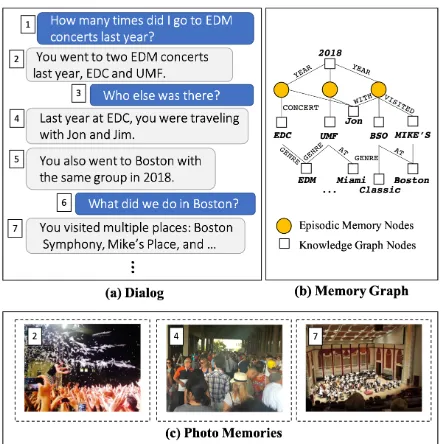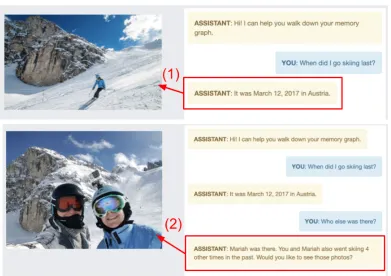Memory Grounded Conversational Reasoning
Full text
Figure




Related documents
We also performed imputation of HLA alleles by using HLA ∗ IMP software ( 29 , 30 ). To analyse imputed HLA alleles, we treated post-probabilities as genetic dosages of the alleles
The Integral Transport Matrix Method (ITMM) of solving the neutron transport equation on multiprocessing platforms is a spatial domain decomposition method and is therefore
In the case where surrendering a Romanian citizen of Romania, under a European arrest warrant, it was conducted under the condition of being transferred, in case of conviction in
All data beginning at the cursor position is transferred from the terminal's memory to the processor except, protected data and data following a Carriage Return
Combustion flame temperature, availability of oxygen, cetane number and time for oxygen- nitrogen reaction are the major factors controlling NOx formation In figure 10
Compound 4 was successively obtained as a beige crystalline powdered solid after its re-crystallization from acetic acid... The reaction mixture was heated for 6 h at boiling
COAST (Chiropractic Observational and Analysis STudy) aimed to report information about the Australian chiropractic profession [11]. A previous COAST paper re- ported the
Etch Marks (calcareous stones)—Caused by acids (typically from milk, fruit juices, alcohol, etc.) left on the surface of the stone, some will etch the finish but not leave a
